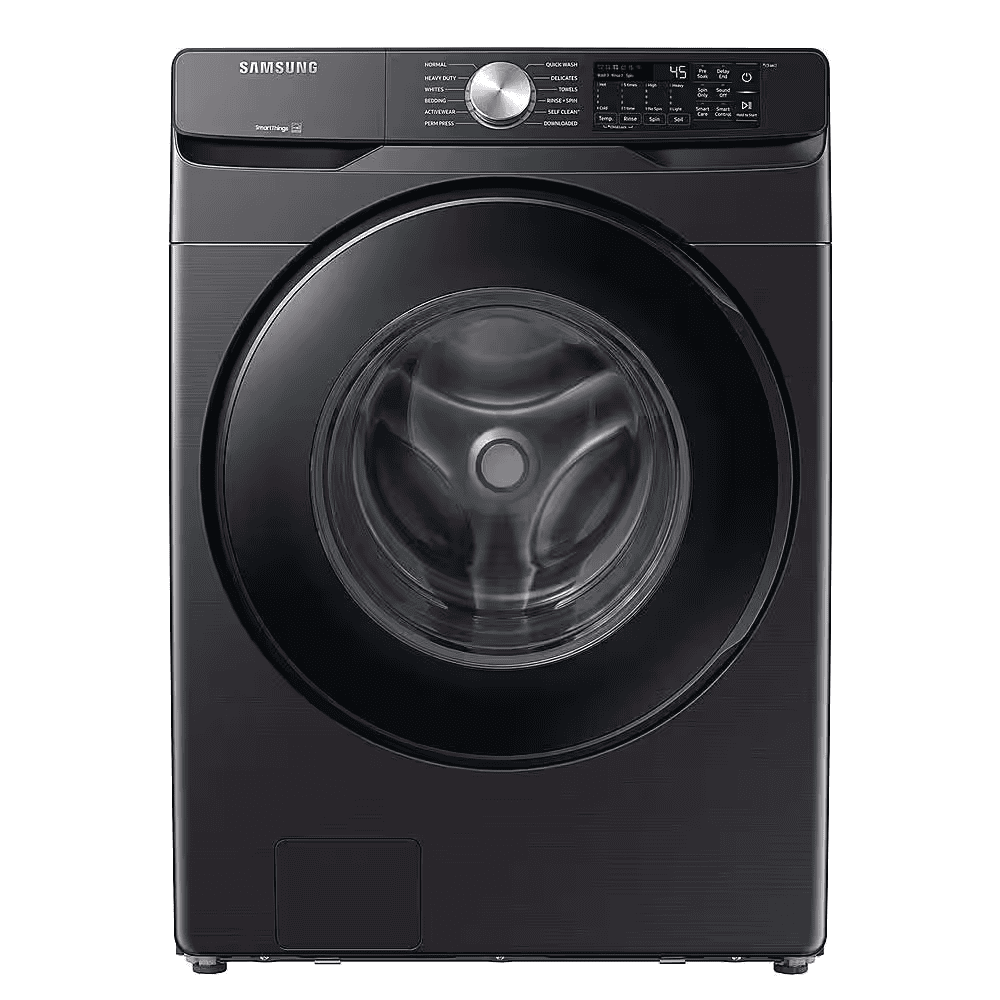A humming washing machine that won’t start signals a problem beyond a simple glitch. It’s a sign that a core component is struggling, often related to the motor, a safety mechanism, or a blockage. Addressing this promptly prevents further damage and restores your laundry routine.
Troubleshooting a Humming Washing Machine
Common Causes of a Humming Washer That Won’t Start
A washing machine that hums but refuses to start can be frustrating. Several issues could be at play, and understanding the potential causes can help you troubleshoot the problem or explain it clearly to a repair technician. Here are some of the most common culprits:
Lid Switch or Door Lock Problems
Most washing machines have a safety feature that prevents them from starting if the lid is open or the door isn’t properly locked. A faulty lid switch or door lock mechanism can cause the machine to hum (as it tries to start) but ultimately fail to begin the wash cycle. Check if the lid switch is properly engaged when the lid is closed. For front-load washers, ensure the door is securely latched. Sometimes, a simple adjustment or cleaning can resolve the issue.
Motor Issues
The washing machine’s motor is responsible for turning the drum. If the motor is failing, it might hum but lack the power to start. This could be due to worn-out motor bearings, a faulty motor capacitor (which helps start the motor), or a problem with the motor windings. Motor problems often require professional repair or replacement.
Drive Belt Problems
The drive belt connects the motor to the drum. If the belt is worn, loose, or broken, the motor might hum as it spins, but the drum won’t turn. Inspect the belt for signs of wear, such as cracks or fraying. A loose belt can sometimes be tightened, while a broken belt needs replacement.
Pump Problems
While less common, a malfunctioning pump can sometimes cause a humming sound and prevent the washer from starting. If the pump is blocked by debris or has a faulty motor, it might hum as it tries to drain water (even before the wash cycle starts). Check for any obstructions in the pump or drain hoses.
Electrical Issues
Problems with the electrical supply to the washer, such as loose wiring or a faulty control board, can also cause a humming sound and prevent the machine from starting. These issues are best left to a qualified electrician or appliance repair technician.
Troubleshooting Steps
Before calling a repair person, you can try these simple steps:
- Check the power cord and circuit breaker.
- Ensure the water supply is turned on.
- Check the lid switch or door lock.
- Inspect the drive belt (if accessible).
When to Call a Professional
If you’ve checked these basic things and the washer is still humming but not starting, it’s time to call a qualified appliance repair technician. Attempting more complex repairs yourself could cause further damage or pose a safety risk.
Common Causes and Solutions
| Problem | Possible Solution |
|---|---|
| Faulty Lid Switch/Door Lock | Check alignment, clean, or replace the switch/lock. |
| Motor Problems (Bearings, Capacitor, Windings) | Professional repair or motor replacement. |
| Worn/Broken Drive Belt | Replace the drive belt. |
| Pump Obstruction/Failure | Clean pump/hoses or replace the pump. |
| Electrical Issues | Contact a qualified electrician or appliance repair technician. |
Why Your Washing Machine Makes a Humming Noise
Faulty Water Drainage System
A washing machine’s humming sound often stems from issues with the water drainage system. The drain hose might be kinked, clogged, or improperly installed. This can cause water to back up, leading to a humming noise as the machine tries to operate. To fix this:
- Check the drain hose for kinks or bends
- Ensure the hose is not clogged with debris
- Verify proper installation according to the manufacturer’s guidelines
If these steps don’t resolve the issue, consider replacing the drain hose.
Water Supply Problems
Insufficient water supply can cause a washing machine to hum without starting. This may be due to:
- Closed or partially closed water valves
- Low water pressure
- Clogged inlet filters
To troubleshoot:
- Fully open both hot and cold water valves
- Check household water pressure
- Clean the inlet filters located where the hoses connect to the machine
If water flow remains an issue, consult a plumber to assess the home’s water supply system.
Pump Malfunction
A blocked or damaged pump can cause a washing machine to hum without operating properly. Small objects like coins or buttons can obstruct the pump, while wear and tear may damage its components. Signs of pump issues include:
- Humming during the drain cycle
- Water not draining from the drum
- Unusual noises during operation
Accessing the pump for inspection or repair often requires partial disassembly of the machine. Unless experienced with appliance repair, it’s best to seek professional assistance for this issue.
Motor Failure
A burnt-out motor is a serious problem that can cause a washing machine to hum without functioning. Signs of motor failure include:
- Burning smell during operation
- Machine not spinning or agitating
- Consistent humming without movement
Motor replacement is a complex task that typically requires professional repair. The cost of replacing a motor may be significant, so consider the age and overall condition of the machine when deciding between repair and replacement.
Damaged Motor Coupling
The motor coupling connects the motor to the transmission in many washing machines. When this part wears out or breaks, it can cause:
- Humming noise during attempted operation
- Lack of agitation or spinning
- Visible damage to the coupling upon inspection
Replacing a motor coupling involves:
- Disconnecting the washer from power
- Removing the cabinet
- Accessing the motor and transmission
- Installing the new coupling
Due to the complexity of this repair, many homeowners opt for professional service to ensure proper installation and avoid potential damage to other components.
Regular maintenance can help prevent many of these issues. This includes:
- Avoiding overloading the machine
- Cleaning the drum and seals regularly
- Checking hoses for wear and replacing them every 3-5 years
- Using the correct amount and type of detergent
By addressing problems promptly and maintaining the appliance properly, owners can extend the life of their washing machines and reduce the likelihood of disruptive issues like persistent humming noises.
Addressing a Washing Machine’s Humming Issue
Clogged Drain Pump
A washing machine that hums but won’t start often indicates a clogged drain pump. Small items like socks or coins can obstruct the pump, causing the motor to struggle. To fix this:
- Unplug the machine
- Locate the pump filter (usually at the front bottom)
- Remove debris
- Reassemble and test
If the problem persists, the pump may need replacement. A professional can diagnose and repair this issue quickly.
Motor Coupling Malfunction
Frequent use can loosen the motor coupling, leading to a humming sound. This part connects the motor to the transmission. Signs of a faulty coupling include:
- Loud humming
- Machine not spinning
- Burning smell
Fixing a loose coupling involves:
- Accessing the motor (often requires partial disassembly)
- Inspecting the coupling
- Tightening or replacing if damaged
This repair requires technical skill and the right tools. Homeowners should consider professional help for safety and efficiency.
Other potential issues include:
- Faulty lid switch
- Worn carbon brushes
- Control board malfunction
- Wiring problems
Troubleshooting steps:
- Check the circuit breaker
- Inspect the power cord
- Test the lid switch
- Look for error codes on the display
For persistent problems, a technician can perform continuity tests and diagnose complex electrical issues. They have the expertise to handle the main control board and other intricate components safely.
Regular maintenance can prevent many of these problems. Users should:
- Clean the lint filter regularly
- Avoid overloading the machine
- Use the correct amount of detergent
- Keep the washer level
By following these steps, homeowners can often resolve simple issues and know when to seek professional help for more complex repairs.







